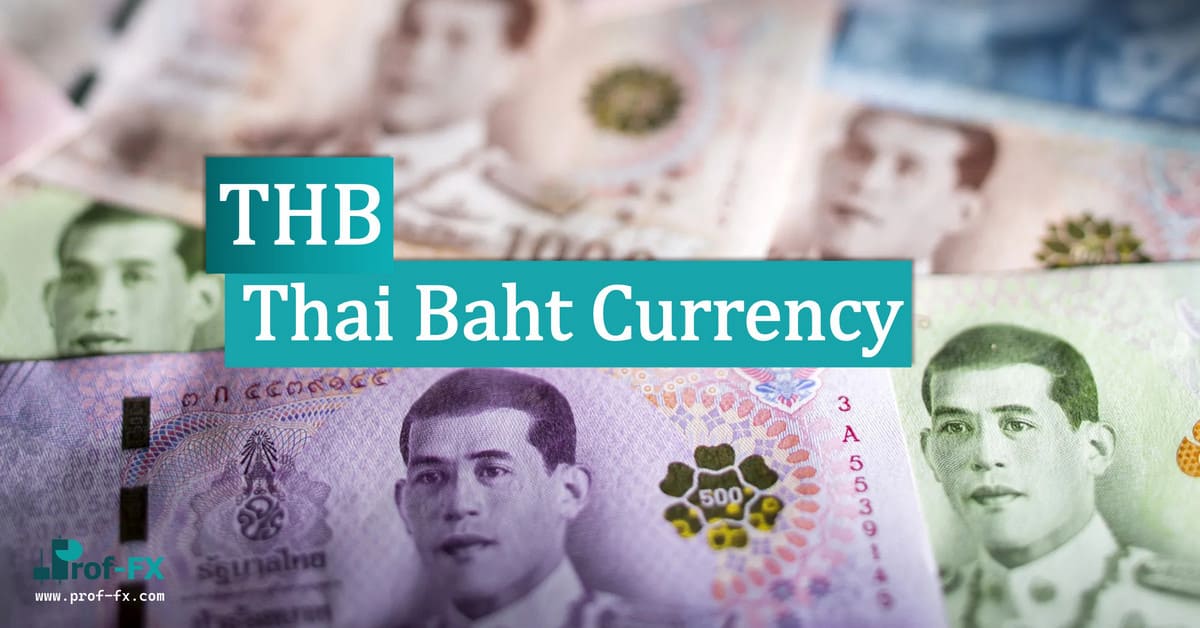Understanding the Adjustable Peg Currency Policy
An adjustable peg is a currency policy where a country’s domestic currency is anchored to a foreign currency, with the conversion rate adjusted periodically. This mechanism allows the government to control the exchange rate by setting a fixed value for their currency against a stronger foreign currency, such as the US Dollar or the Euro, while retaining the flexibility to alter this value when needed.
What is an Adjustable Peg?
At its core, an adjustable peg is a type of currency peg that a government can modify as it sees fit. Unlike a fixed peg, where the currency is tied to a specific value and kept there through strict controls and interventions, an adjustable peg offers a bit more flexibility. The government may decide to shift the peg rate periodically in response to various economic factors, such as inflation, trade balances, or changes in foreign exchange reserves.
The purpose of an adjustable peg is to achieve a balance between the stability offered by a currency peg and the flexibility needed to respond to economic conditions. However, maintaining an adjustable peg requires significant effort and resources to defend the currency from market forces, such as speculative attacks or shifts in investor sentiment.
Why Do Countries Use an Adjustable Peg?
Adjustable pegs are often used by countries with weaker or less stable currencies to gain more control over their economic policy and to facilitate international trade. By pegging their currency to a stronger, more stable currency, these countries can reduce volatility in exchange rates, which helps to stabilize their economy and build investor confidence.
However, adjustable pegs can also be politically controversial. Nations may adjust their pegs to gain a competitive advantage in international trade, such as making their exports cheaper and more attractive to foreign buyers. This practice, sometimes referred to as “currency manipulation,” can lead to tensions with trading partners and even accusations of unfair trade practices.
Forex Terms Explain Adjustable Peg
In forex trading, an adjustable peg is a mechanism used by a country to stabilize its currency by tying it to the value of another, more stable currency. The purpose is often to maintain stable exchange rates, reduce inflation, or encourage foreign investment. However, adjustable pegs can be challenging to maintain because they require a constant balance between market forces and government intervention.
Typically, a peg is put in place to stabilize a weaker currency against a stronger one to facilitate trade and investment. However, countries may periodically adjust their pegs in an attempt to gain a competitive edge in international markets. This practice makes both fixed and adjustable currency pegs politically sensitive and often difficult to defend on the global stage.
The Shift from Currency Pegs to Floating Exchange Rates
Most countries worldwide have moved away from currency pegs, whether fixed or adjustable, in favor of allowing their currencies to float freely against each other in the foreign exchange market. Floating exchange rates are determined by market forces—supply and demand—rather than government interventions.
This shift has occurred because floating exchange rates are generally more efficient in responding to economic conditions, such as inflation, interest rates, and trade balances. Floating rates also reduce the need for central banks to maintain large foreign exchange reserves, which can be costly and limit a country’s economic flexibility.
Notable Exceptions: China and the Adjustable Peg
Despite the general trend toward floating exchange rates, some countries, such as China, continue to use a form of adjustable peg. China manages its currency, the yuan, by pegging it to a basket of foreign currencies, including the US Dollar. The Chinese government adjusts this peg periodically to reflect its economic objectives, such as controlling inflation, maintaining export competitiveness, and managing its massive foreign exchange reserves.
China’s use of an adjustable peg allows it to maintain a level of control over its currency while still being somewhat responsive to market forces. However, this practice has been criticized internationally, particularly by countries that accuse China of keeping its currency artificially low to gain an advantage in global trade.
Pros and Cons of Adjustable Pegs
Pros
- Stabilizes Currency Value: Helps stabilize a country’s currency by reducing volatility and maintaining a predictable exchange rate.
- Boosts Investor Confidence: By reducing exchange rate risk, adjustable pegs can attract foreign investment.
- Supports Trade and Economic Growth: Facilitates international trade by providing stable and predictable currency values.
Cons
- Requires Significant Resources: Defending an adjustable peg can be costly, requiring substantial foreign exchange reserves and active government intervention.
- Susceptible to Speculation: Adjustable pegs can become targets for speculative attacks, especially if the market believes that the peg is unsustainable.
- Potential for Political Tensions: Adjusting pegs to gain a trade advantage can lead to conflicts with trading partners and accusations of currency manipulation.
Conclusion
An adjustable peg is a currency policy that provides a middle ground between fixed and floating exchange rates, offering stability with some flexibility. However, maintaining an adjustable peg is complex and requires careful management to balance economic objectives with market realities. While most countries have moved away from currency pegs in favor of floating exchange rates, notable exceptions like China continue to use them to manage their economic policies strategically.









